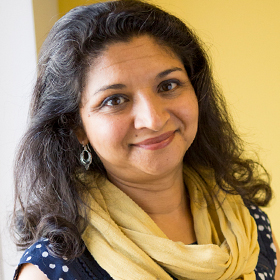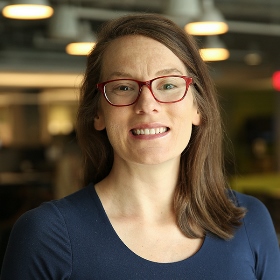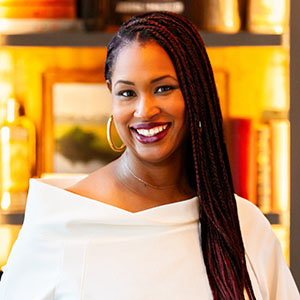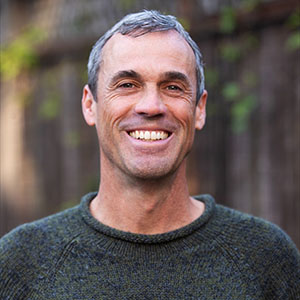Executive Summary
The past decade has seen a rise in windfall gifts—large, flexible (meaning few restrictions, if any), and sometimes multiyear influxes of funding. It’s important to note that “windfall” in this context does not connote luck or a lack of intention. These major, unrestricted, unexpected gifts are testaments to organizations’ long track records of impact. The windfalls are sure bets that, given flexible funding—and seasoned leaders—these organizations can bring more meaningful change to the communities they serve.
In recent years, MacKenzie Scott and her Yield Giving grantmaking have thrust this funding approach into the spotlight. Though this kind of giving across large portfolios remains an outlier in the philanthropic landscape, some evidence suggests that funders are trending toward less-restrictive giving. The Center for Effective Philanthropy found that 2020 was an inflection point—after which 67 percent of funders increased general operating support funding. Two-thirds of those funders say they plan to continue that practice.
More windfall wisdom
🧰 Conversation Starter: Deciding How to Invest a Windfall Gift
📄 Tips for Unlocking Board Effectiveness After a Windfall Gift
Those who receive windfall gifts are entrusted to use this funding in whatever way they see fit to accelerate their organizations’ impact in the world. That’s an unusual reality for leaders, especially leaders of color, accustomed to operating in an environment of scarcity in which they face so many barriers to capital.
This article aims to help nonprofit and nongovernmental organization leaders—and their boards—navigate the choices and related decision-making processes that follow the receipt of a windfall gift. We’ve learned a lot about the magnitude of opportunity these gifts can help unlock, as well as the intense responsibility and pressures tied to the tough decisions and trade-offs that accompany them.
To validate and give life to that learning, we reached out to a subset of MacKenzie Scott and Yield Giving grantees to hear more about their experiences. Many of those conversations are reflected in this article and the voices of some interviewees are included in brief audio segments below.






